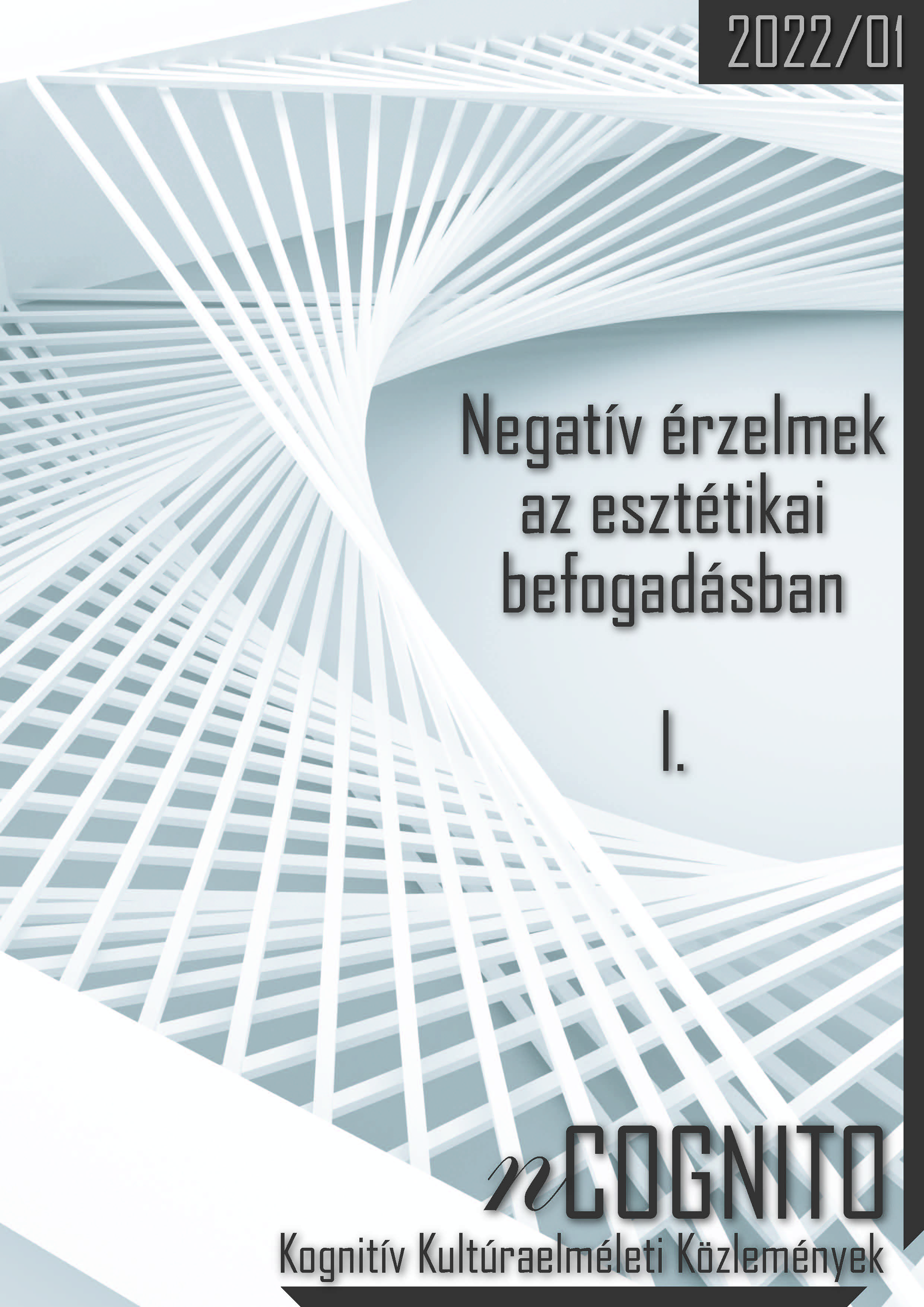"Nem álmatlanságról beszélek" Disszociáció és érzelemábrázolás Murakami Haruki Szendergés című novellájában
Main Article Content
Abstract
The nameless protagonist of Haruki Murakami’s short story, “Sleep,” is unable to sleep, probably due to a dissociation disorder. Her life is so hopelessly dull and uneventful that it seems to be making her develop a mental disorder. Yet, in her description, her life is dull, monotonous, hopeless, yet satisfying. As a first-person narrator, in relating her story, she attempts to remain honest and share her negative emotions while keeping a positive perspective. Due to this, as the story unfolds, her narration becomes more and more unreliable, distorted, and inconsistent. “Sleep,” or more precisely, its discourse is arguably organized by the structure of a specific cognitive process, dissociation. Dissociation is characterized by a “lack of normal integration of thoughts, feelings, and experiences into consciousness and memory” (Giesbrecht et al. 2008), and emotions have a significant influence on our attentional focus as well; hence a first-person narrator with dissociation disorder can be expected to deliver a problematic story. Furthermore, in this story, the experience of dissociation is possibly present not only on the level of the story, but it can also be instrumental in understanding the way storytelling techniques operate in this work. My hypothesis is that the representation of emotions is what provides the narrativity of the story, which otherwise consists of phenomena that traditionally decrease or work against narrativity (e.g. disnarraton and negation). With a cognitive narratological framework, I plan to investigate more precisely the dynamics and the roles of the disnarrated, the distorted, the negated, and the omitted expressions of emotions in “Sleep.”

